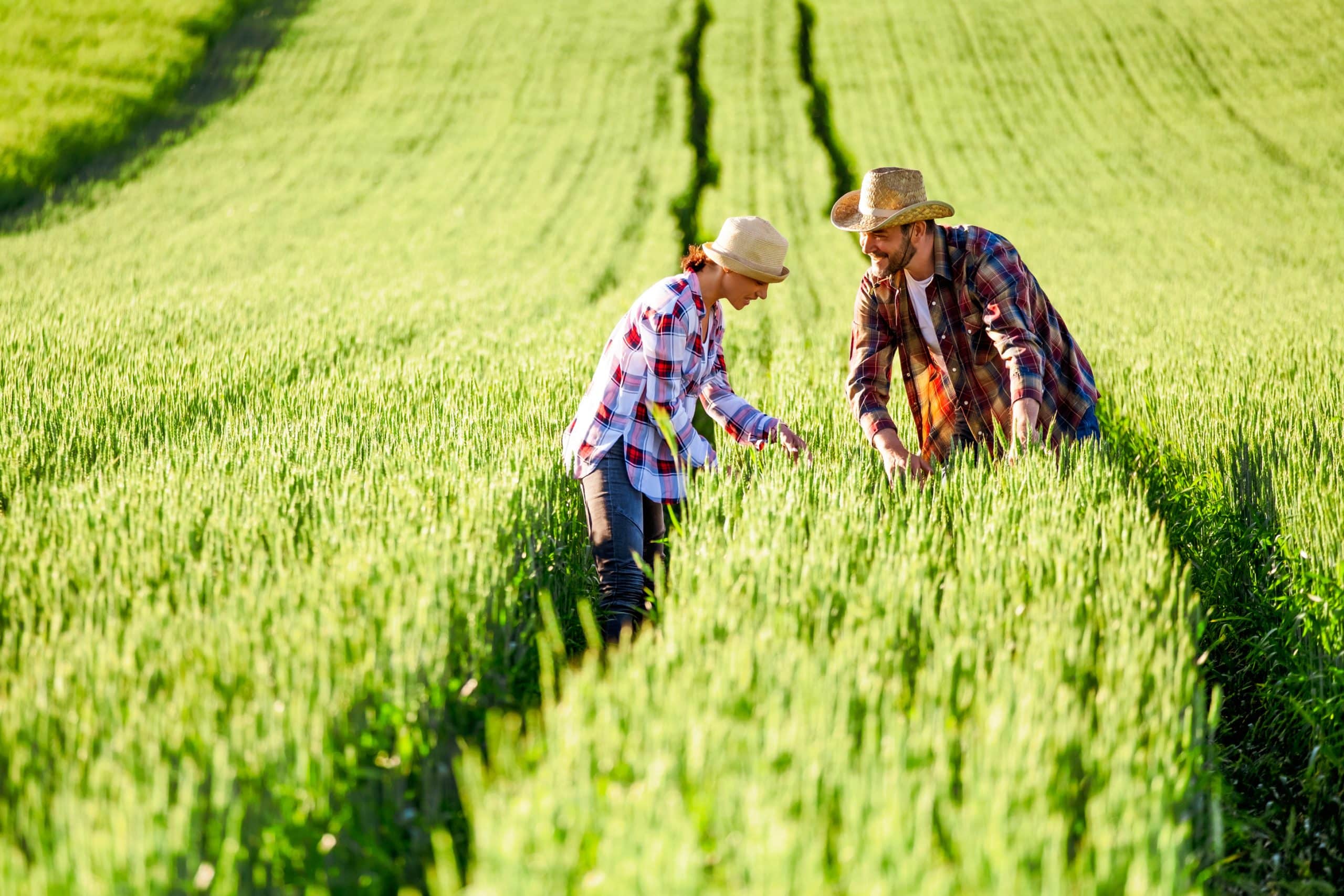Can Controlled Environment Agriculture Solve Urban Food Challenges in the UK?

In the midst of escalating urbanisation and global environmental concerns, food production is facing substantial challenges. For societies to thrive, it is crucial to ensure accessibility and sustainability of our food supply. This article explores one innovative solution to these challenges: Controlled Environment Agriculture (CEA). Leveraging cutting-edge technologies in farming, CEA has the potential to revolutionize urban food production and distribution. We’ll delve into the fundamentals of CEA, its environmental implications, and how it could reshape urban food systems in the United Kingdom.
Understanding Controlled Environment Agriculture
Let’s start with the basics. Controlled Environment Agriculture (CEA) is a technology-based approach towards food production, typically involving the cultivation of crops in an enclosed environment. It regulates a host of variables, from lighting and temperature to water and nutrient levels. Essentially, CEA is the science of growing crops in greenhouses, vertical farms, and other urban environments.
A voir aussi : How Can Genetic Editing Contribute to More Sustainable Crop Production in the UK?
In stark contrast to conventional agriculture which is susceptible to weather irregularities and land availability, CEA offers a revolutionary approach towards food production. Through this technology, farmers can control the growing conditions of their crops, leading to higher yields and better quality produce. By reducing the dependency on weather and land, CEA presents a sustainable alternative for urban food production.
The Role of Technology in Controlled Environment Agriculture
Technology plays a critical role in CEA, from automating cultivation processes and monitoring crop growth, to gathering and analysing data for optimal yield. All these processes are often streamlined through advanced software systems, making CEA a seamless blend of agriculture and technology.
Sujet a lire : What New Technologies Are Being Used for Rapid Disease Detection in UK Hospitals?
In the digital age, CEA leverages the power of Google and other search engines for research and data acquisition. In fact, technology giants like Google are investing in agricultural technology, recognising its potential as a tool for environmental sustainability and food security. These data-driven practices not only optimize resource usage but also enhance predictability, ensuring a steady supply of food irrespective of external conditions.
Environmental Implications of Controlled Environment Agriculture
CEA has significant environmental benefits. By controlling the growing environment, it drastically reduces the need for pesticides, leading to healthier, environmentally friendly food production. Moreover, CEA uses far less water than traditional farming, a vital factor considering the increasing global water scarcity.
Most importantly, CEA negates the need for arable land. With rapid urbanization and population increase, land is becoming an increasingly scarce resource. Traditional farming practices have often led to deforestation and environmental degradation. However, CEA, with its ability to operate in vertical structures within urban settings, eliminates the requirement for vast swathes of land, thereby reducing its environmental footprint.
Revolutionizing Urban Food Systems in the UK
CEA presents incredible potential for transforming urban food systems in the UK. With increasing urbanisation, cities face significant challenges in ensuring food security for their residents. Traditional food systems involve transporting food over long distances, leading to higher costs and environmental impacts.
CEA offers a solution by bringing food production closer to consumers. Through vertical farming, food can be grown within city limits, significantly reducing transportation costs and ensuring fresher produce for consumers. Moreover, by providing a controlled environment, CEA allows for year-round production, irrespective of weather conditions. This could broaden the availability of seasonal crops, providing diverse food options for consumers.
Can Controlled Environment Agriculture Solve Urban Food Challenges in the UK?
As we consider the potential of CEA in addressing urban food challenges in the UK, it’s clear that this technology-based approach has many advantages. While traditional farming is constrained by land availability and weather conditions, CEA circumvents these issues by providing a controlled environment for farming.
However, it’s important to remember that CEA is not a panacea. Implementing these systems on a large scale requires significant investment in technology, infrastructure, and skills training. Moreover, the energy requirements for CEA can be high, which could offset some of its environmental benefits if not managed properly.
Yet, the potential benefits of CEA are undeniable. As we grapple with the challenges of urbanisation, climate change, and food security, CEA presents a promising opportunity to revolutionise urban food systems in the UK.
The Potential of CEA in Advancing Public Health and Local Food Systems
Public health is intrinsically linked to food security, as the quality and accessibility of food directly impacts people’s health. In urban areas where space for conventional farming is limited, CEA could significantly transform food systems, contributing to enhanced public health. By offering greater control over the food production process, CEA ensures a steady supply of fresh, nutrient-rich produce that is free from harmful pesticides and chemicals.
Employing vertical farming techniques, CEA can effectively utilize vertical spaces within urban buildings for food production. It can transform urban rooftops, unused buildings, or even underground spaces into productive farms, bringing food production closer to the consumers.
In comparison to the traditional food supply chain where food travels long distances before reaching the consumer, CEA enables the cultivation of local food within urban areas. This can significantly reduce food miles, ensuring fresher produce while also reducing the carbon footprint associated with food transportation.
Moreover, CEA, with its controlled environments, ensures a consistent supply of diverse crops throughout the year. This can facilitate a balanced diet, contributing to improved public health while also promoting food sovereignty and resilience in urban communities.
CEA and Renewable Energy: A Sustainable Way Forward
In considering the energy requirements of CEA, it’s crucial to explore the potential of renewable energy to power these systems. While conventional CEA systems are often powered by traditional energy sources, the integration of renewable energy can further enhance the sustainability and feasibility of these systems.
Harnessing renewable energy resources, such as solar and wind energy, to power CEA systems can significantly reduce their environmental impact. For instance, vertical farms, with their extensive surface area, can host solar panels, generating their own renewable energy.
Moreover, modern CEA systems can be designed to recycle waste heat and humidity, further optimizing their energy efficiency. Potential energy losses can be minimized through the use of high-tech insulating materials, energy-efficient LED lighting, and automated climate control systems.
It’s also important to note that the use of renewable energy in CEA is not only good for the environment but can also make economic sense. As the costs of renewable energy technologies continue to decrease, their incorporation into CEA systems can reduce operational costs, further enhancing the economic viability of CEA.
Conclusion: Towards a Sustainable Future with CEA
In conclusion, Controlled Environment Agriculture presents a compelling solution to the urban food challenges in the UK. By integrating cutting-edge technologies in farming, CEA has the potential to transform urban food production and distribution, contributing to better public health, local food systems, and environmental sustainability.
However, the successful implementation of CEA requires a multi-dimensional approach. From investing in appropriate technology and infrastructure to upskilling farmers with the necessary digital and agricultural skills, a comprehensive strategy is needed. Moreover, the integration of renewable energy sources is crucial to ensure the environmental and economic sustainability of CEA systems.
While CEA is not a silver bullet for all food-related challenges, it undoubtedly offers a promising path forward. As the world grapples with climate change, urbanisation, and food security issues, CEA could be an important part of the solution, paving the way for a sustainable and resilient food future in the UK and beyond.
